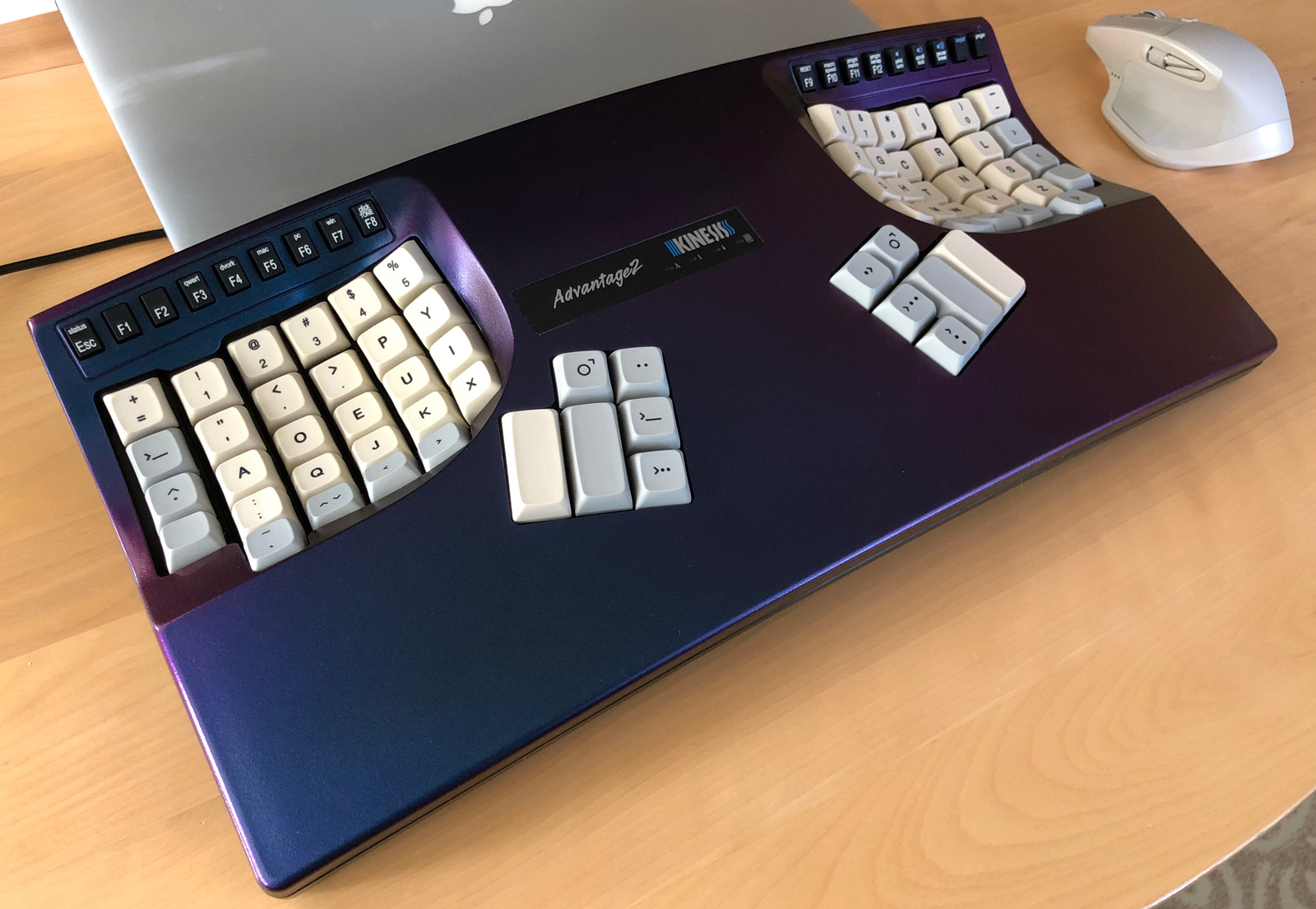
Operating System: Magic Cap 1.5
Pros: Great form factor – very slim.
Cons: No rechargable battery.
History
Nobody wanted to admit to creating NeoNet. It was the nameless, parentless child of… who? Many devices didn’t have labels on them, and the labeled ones often had their names taped over. As it happens, the guilty party was Matsushita, parent company of Panasonic. I’m still unsure why they never wanted to admit it–maybe to save face if they decided to can the project. They had every reason to boast, however, as they created a superb device. It was small and light, even with its screen cover attached, being far less obtrusive to carry than Sony’s devices. The industrial design was great, as was the fit and finish. It was something to be proud of.
NeoNet was used in field trials in Japan for NTT’s Telescript service, called Paseo, sort of Japan’s version of PersonaLink. NeoNet was never seriously considered for the US market–the only place with a commercial Telescript service–so instead its fate was tied completely to Paseo’s rollout. As you can guess, this never got past field trials, and the promising device was promptly shelved.
I had the opportunity to user-test Magic Cap 1.5 extensively on a NeoNet. The first in-plastic prototypes (as opposed to open-board) arrived months before the first PIC2000 prototypes, so it was our first chance to do a full hardware and software test. I loved the machine, and its small size made it easy to carry around everywhere. The only problem was its batteries: you had to change them. No built-in battery charger meant you couldn’t just plug it in every couple days like a PIC1000. But NeoNet was a great machine for daily carry and use regardless. Couple the easily-toted hardware with new Magic Cap 1.5 features like instant-on, and you had a real winner.





Share this post
Twitter
Google+
Facebook
Reddit
LinkedIn
StumbleUpon
Pinterest
Email